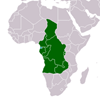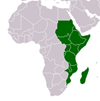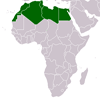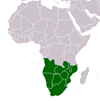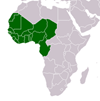HR IS Standardization "CHRISP Case"
HR IS Standardization "CHRISP Case"
To gain further experience with the conceptual model, as part of the theory testing phase, a third in-depth case study was carried out at FINCORP. The IS product standardization in this study relates to ERP HR modules of PeopleSoft®1, which include the accompanying HR processes. These modules were selected as company IT standard. As discussed in Chapter 3, measuring the real costs and benefits of IT investments is a notoriously complex problem (Brynjolfsson and Hitt, 1998). Asif and Schuff (2005) acknowledge that this becomes even more complicated when considering ERP technologies that impact on a variety of processes across the value chain. Chand et al. (2005, p.560) also acknowledge the problem of assessing the benefits of ERP systems is less well studied and understood, and illustrate the applicability of the Balanced Scorecard (BSC) to ERP systems. They list various reasons that motivate organizations to implement ERP systems, which can be split into financial and non-financial benefits (Table 1). Anticipated benefits related to company IT standardization can be clearly identified. Furthermore, they integrate the four Kaplan and Nortons’ Balanced Scorecard perspectives with Zuboff’s automate, informate and transformate goals of information systems (Zuboff, 1985) in an attempt to measure the contributions and impacts of ERP systems at operational, tactical and strategic levels. However, in this case study we will use the original perspectives to make comparison with the other case studies possible.
CITATION: Wessel, Robert van. HR IS Standardization "CHRISP Case" edited by van Wessel, Robert . Hershey, PA : IGI Global , 2010. Toward Corporate IT Standardization Management - Available at: https://library.au.int/hr-standardization-chrisp-case

